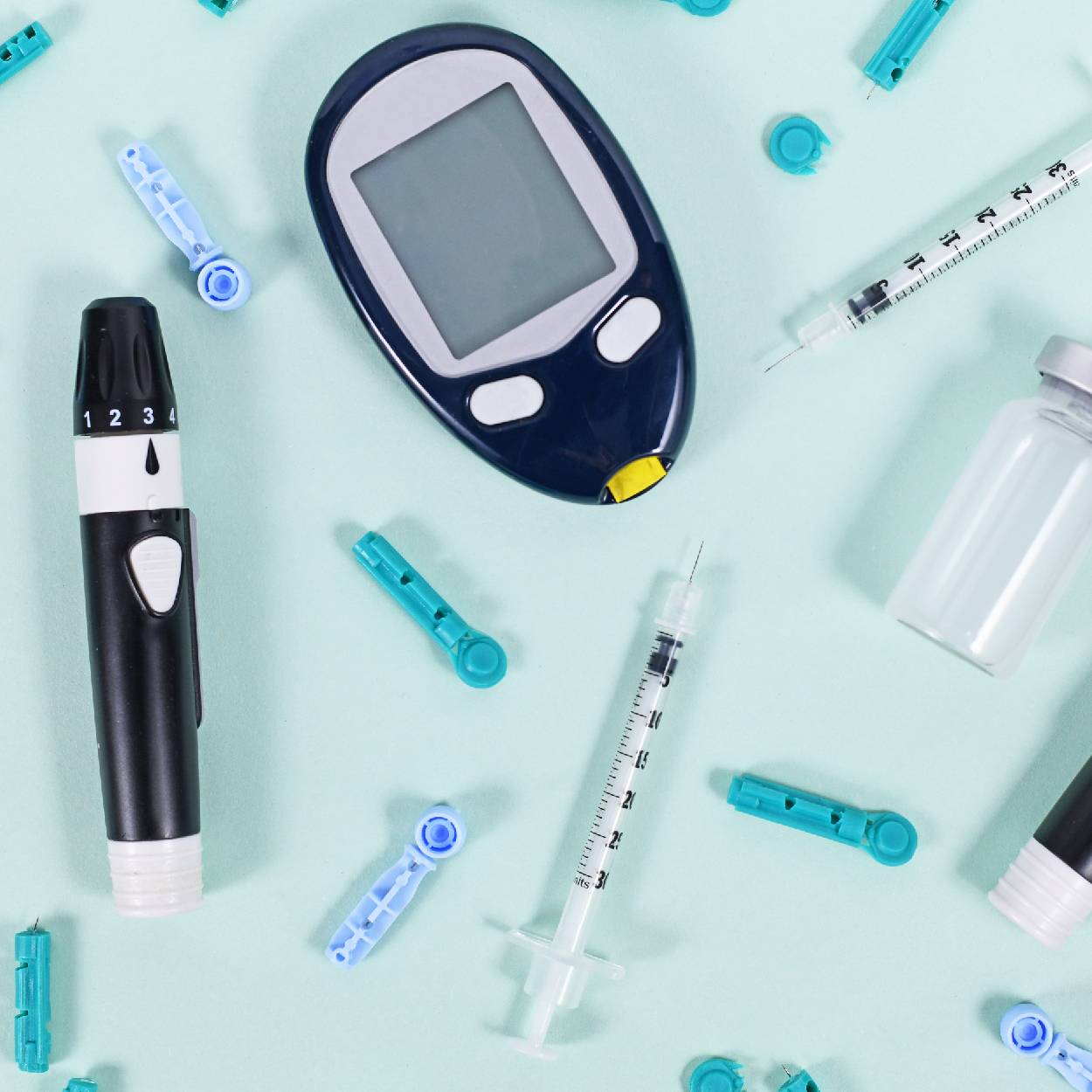— Dawn M. Sweet, Ph.D.
While some risk factors for type 2 diabetes are out of your control — age, genetics, ethnicity — there are some things you can control, such as what you eat, managing stress levels, and getting exercise.
Increasing physical activity can be beneficial for managing, slowing the onset, or even preventing type 2 diabetes. Once diagnosed with type 2 diabetes or pre-diabetes, achieving and maintaining a healthy weight are key.
The American Diabetes Association suggests that losing as little as five to seven percent of your current weight can reduce the risks associated with type 2 diabetes.
How does Increasing Physical Activity help reduce the Risks of Type 2 Diabetes or Keep Diabetes at Bay?
Exercise can help reduce visceral fat — the “invisible fat” that is stored behind your abdominal wall and around your organs. Visceral fat leads to insulin resistance, which means your body is not working efficiently to take the glucose (sugar) from your bloodstream and move it to your muscle, fat, and liver cells so it can later be used as energy. Exercise increases your insulin sensitivity — your body’s ability to use glucose. When you are exercising, your muscles contract, and with each muscle contraction they are using glucose as energy.
How to Get Started with an Exercise Program to Manage Diabetes
Beginning an exercise program can feel overwhelming, especially after learning you have type 2 diabetes or you are pre-diabetic. Should you focus on aerobic exercises like walking, cycling, or swimming? Should you focus on weight training and resistance training? While it can be overwhelming, it is important to take the first step. You can quite literally take the first step by going for a walk. Begin slowly, by committing to a 10-minute walk following breakfast, lunch and dinner. Walking 60 to 90 minutes after meals can help prevent spikes in blood sugar.
Now that you are up and moving after meals, start thinking about what activities you enjoy. Do you enjoy walking? If so, schedule time for a daily 30-minute walk. You can still take your short 10-minute walk following meals, but also schedule time for that longer 30-minute walk each day.
What other activities do you enjoy? Are friends talking about how much they are enjoying the dance class, yoga class, or Pilates class they’re taking at the local gym? If so, go to class with them. Having an exercise buddy can help you stay committed to your exercise program because you are accountable to another person.
Have you been interested in weight training? Building muscle through weight training or resistance training can help you lose fat and increase your resting metabolic rate. Your resting metabolic rate is the number of calories you burn while you are not active. Our muscles are metabolically active — this means that as you increase lean mass (muscle), you are burning more calories. More calories burned leads to weight loss, and weight loss reduces the risks associated with type 2 diabetes.
Here are some ideas to get you moving:
- Outdoor bike ride / stationary bike
- Yoga, Tai Chi, Pilates, Barre
- Hiking
- Swimming
- Weight training / resistance training
It’s important to be open-minded and try different activities to figure out which ones are right for you. Be sure to pair aerobic activities with weight training or resistance training because building muscle will increase your resting metabolic rate, which will help reduce visceral fat. Begin slowly and build up to 150 minutes of activity each week to help you reduce the risks of type 2 diabetes.
Other Benefits of Exercise
In addition to losing weight and reducing the risks of type 2 diabetes, increasing your physical activity can:
- Improve insulin sensitivity: Enhancing your body’s ability to use glucose more efficiently and reduce your blood sugar levels.
- Regulate glucose: Exercise increases glucose uptake by your muscles during exercise; this helps regulate blood sugar levels.
- Reduce stress: Stress leads to weight gain; exercise can help reduce stress and improve mental health.
- Improve cardiovascular health: Exercise can lower cholesterol and blood pressure, known risk factors of heart disease.
- Improved sleep. Regular exercise leads to improved sleep which in turns promotes weight loss and weight maintenance.
Things to Keep in Mind
- Start slowly and try different types of exercise. Schedule time in your day for exercise — at least 30 minutes per day.
- Come up with a weekly plan — make a daily exercise plan so you know what you will be doing each day.
- Find an exercise buddy to keep you accountable.
- Stay hydrated.
- Monitor your blood glucose before and after exercise.
Before beginning an exercise program, talk with your health care provider to discuss your goals and to develop an exercise program that will fit your needs.
About the Author: Dr. Dawn M. Sweet has over 20 years of experience in the field of communication. Sweet has given several invited talks to and workshops for academic and private sector audiences on the role of nonverbal and verbal communication in achieving positive outcomes and mitigating bias. Her research has been published in several top ranked peer-review journals, and it has been featured on NPR’s River to River / All Things Considered, Buzzfeed, and Science Daily. Her research has also been used to inform expert testimony.





